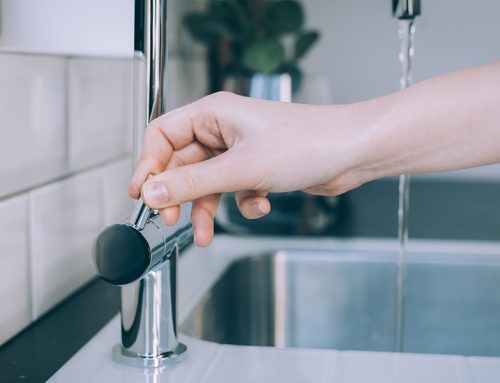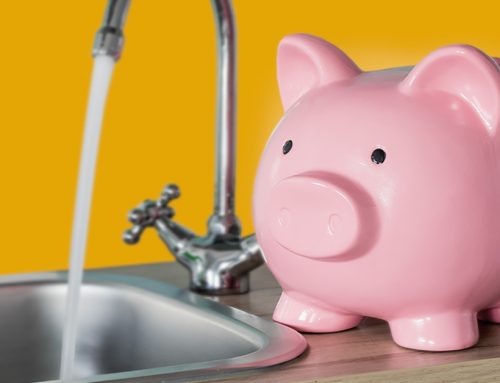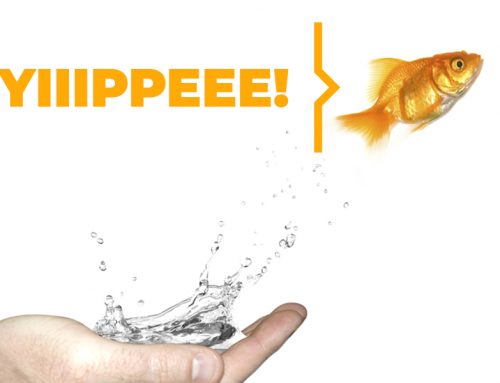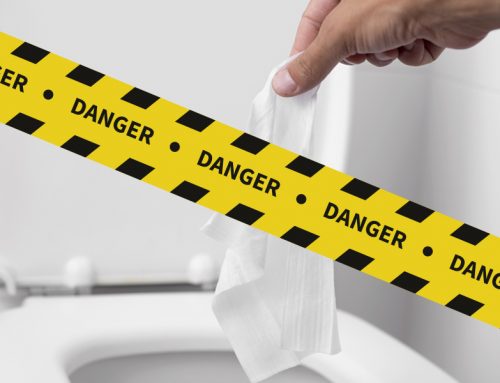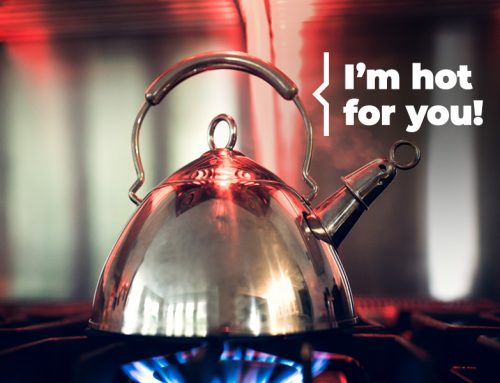According to a recent study*, 100% of Canadians like to get hot water when they turn on the tap. We enjoy this simple urban-life pleasure thanks to our water heater, a 437-pound water-logged behemoth that can do a lot of damage to your budget when it comes time to replace it. That’s why it’s essential to give it a little TLC throughout its lifespan.
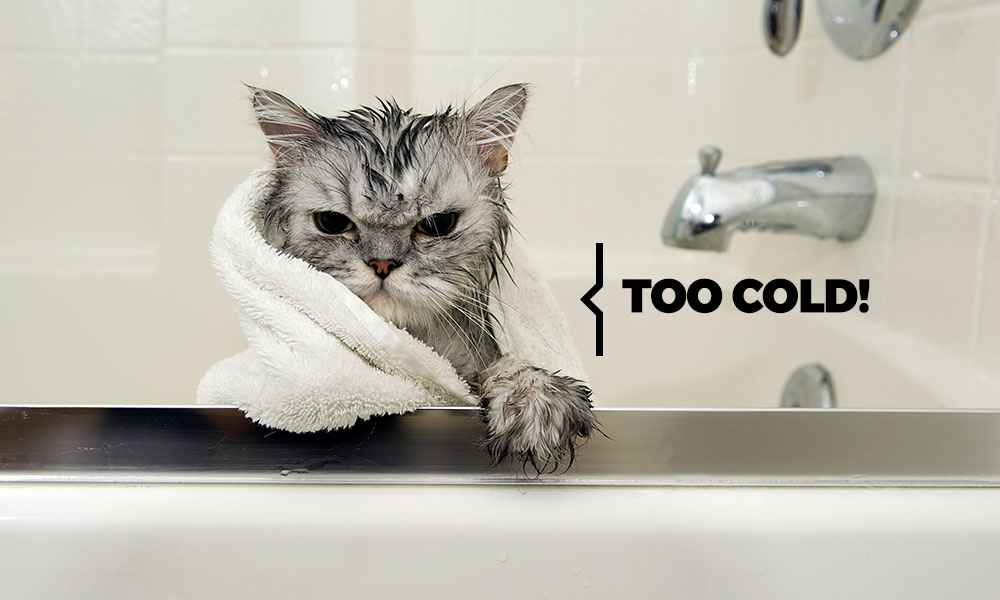
1- Drain your water heater
Why: To remove any residue or limescale that accumulates in the tank.
When: Every two to three years, or after (never before!) a prolonged absence, to avoid the risk of frozen pipes.
Why: It’s a snap to do!
- Turn off the power supply (in the case of an electric water heater).
- Turn off the cold water tap.
- Turn on the hot water tap to provide air circulation.
- Connect a garden hose to the drain valve and direct it to the floor drain, a bathtub or outside the house.
- Open the drain valve and let the water drain completely. Pro tip: To avoid getting burned (and uttering a few heartfelt swear words), let the hot water cool down beforehand.
- Run the cold water at full flow for a few minutes while the deposits settle to the bottom of the tank. Make sure that the water becomes completely clear.
- Close the drain valve.
- Let the tank fill up. When water starts to flow from the hot water tap, the tank is full.
- Turn off the hot water tap and turn on the power supply, if applicable.
2- Descale your water heater
Why: To remove any limescale accumulated in the heating system and restore your water heater’s youthful lustre and friskiness.
When: Every four to five years (or every two years if you live in an area with very hard water). Watch for these warning signs: a drop in your water heater’s efficiency, water that becomes less hot and unusual noises.
How: Using a bit of elbow grease and determination (or by calling an expert to the rescue). To do it yourself:
- Turn off the power supply (in the case of an electric water heater).
- Turn off the cold water tap.
- Drain the tank. (Stop at step E of section 1 above.)
- Open the tank and disconnect the thermostat. Pro tip: Take a picture before getting started so that you can put everything back in the right place later).
- Remove the plate and the seal from the tank. Take this opportunity to replace the gasket.
- Remove the limescale accumulated in the tank and wipe the tank’s walls with a cloth.
- Replace the plate and the thermostat.
- Turn on the cold water, close the drain valve and fill the water heater. (Go to step H of section 1.)
3- Set your water heater properly
Why: Because like anything else, when you don’t use it properly, there are consequences (hello, bacteria!).
When: Always.
How: By setting your water heater at an optimal 60°C and never letting the mercury drop below 50°C.
Plombier Expert: your water heater specialist
Not only does regular maintenance extend the life of your water heater, but it also improves its performance and delivers significant energy savings (a bonus for your electricity bill as well as for the environment). And let’s face it: heating your bathwater with water from a kettle isn’t a barrel of laughs. Need help?
*No actual study was performed to support this assertion.


